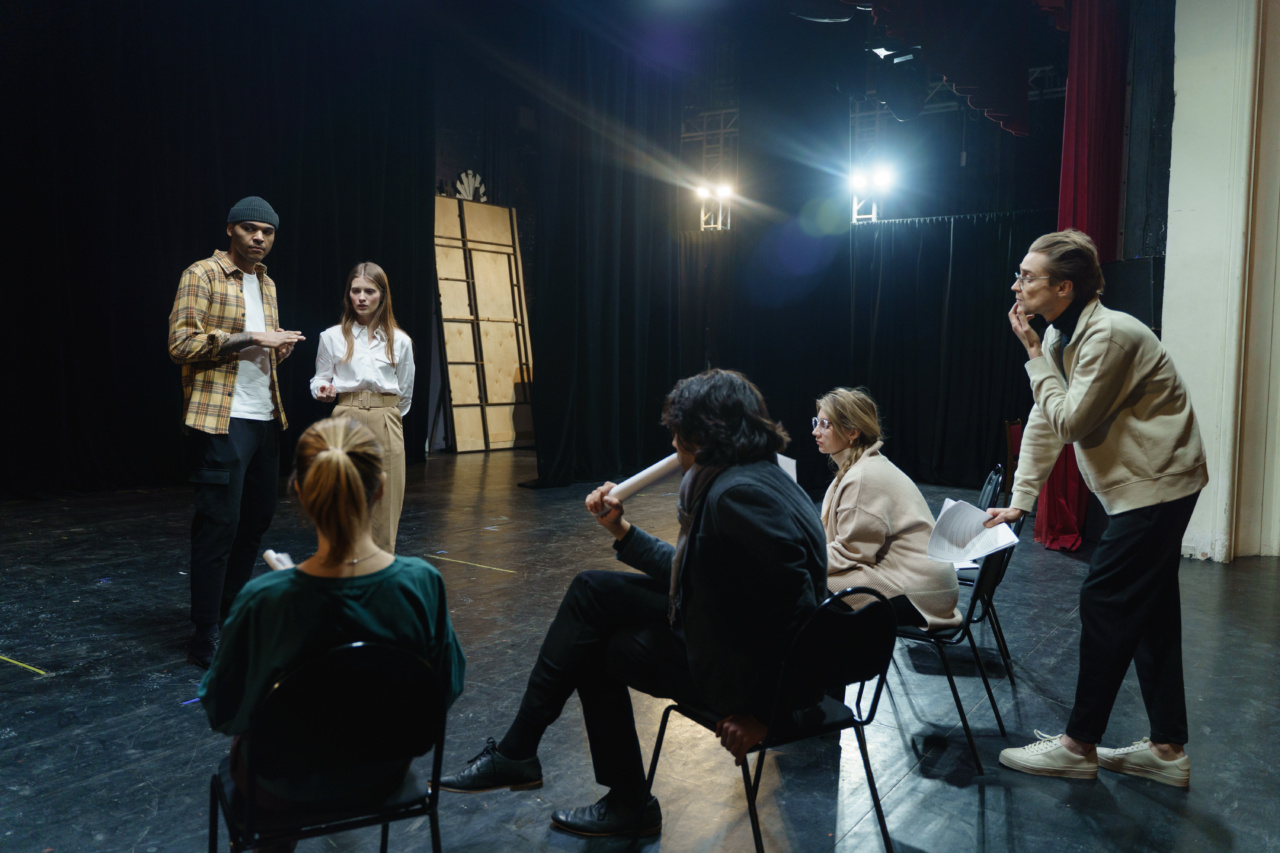As we age, the risk of falls and fractures increase. According to the National Council on Aging, one in three older adults aged 65 and above falls each year. These falls can cause fractures, which can be debilitating, painful, and reduce quality of life.
However, engaging in regular physical activity can reduce the risk of falls and fractures in older adults.
What are Fractures?
A fracture, also known as a broken bone, is a medical condition where the continuity of a bone is broken. Fractures can occur in any bone in the body and can result from trauma, falls, and other medical conditions such as osteoporosis.
In older adults, fractures often occur after falls. Fractures can be classified into different types based on the severity and location of the break. Common types of fractures include:.
- Stable fracture: The broken ends of the bone line up.
- Open or compound fracture: The broken bone pierces the skin.
- Transverse fracture: The fracture is straight across the bone.
- Comminuted fracture: The bone is broken into several pieces.
Why are Older Adults at Higher Risk of Falls and Fractures?
As we age, our bones become weaker and more brittle, making them more prone to fractures. In addition, muscles and bones start to shrink and lose mass, reducing strength and flexibility.
This can lead to balance problems, making older adults more prone to falls. Osteoporosis, a condition in which bones become fragile and weak, is also common in older adults and increases the risk of fractures.
Other factors such as poor vision, medication side effects, and chronic health conditions can also increase the risk of falls and fractures in older adults.
How Does Exercise Help Reduce the Risk of Falls and Fractures?
Exercise is an effective way to reduce the risk of falls and fractures in older adults. Regular exercise helps to build bone density, strengthen muscles, and improve balance and coordination. This can help to reduce the risk of falls and fractures.
Exercise also helps to improve overall health and well-being, reducing the risk of chronic health conditions that can increase the risk of falls and fractures.
What Types of Exercises are Best for Reducing the Risk of Falls and Fractures?
There are several types of exercises that are effective for reducing the risk of falls and fractures in older adults. These include:.
- Strength training: Strength training exercises help to build muscle mass and improve bone density. Examples of strength training exercises include lifting weights, bodyweight exercises, and resistance band exercises. Strength training should be done two to three times a week.
- Balance exercises: Balance exercises help to improve balance and coordination, reducing the risk of falls. Examples of balance exercises include standing on one leg, heel-to-toe walks, and yoga.
- Aerobic exercise: Aerobic exercise helps to improve cardiovascular health and overall fitness, reducing the risk of chronic health conditions that can increase the risk of falls and fractures. Examples of aerobic exercise include brisk walking, swimming, and cycling. Aerobic exercise should be done three to five times a week.
How Much Exercise Should Older Adults Do?
The American Heart Association recommends that older adults engage in at least 150 minutes of moderate-intensity aerobic exercise per week, or 75 minutes of vigorous-intensity aerobic exercise per week.
In addition, older adults should engage in strength training exercises two to three times a week, and balance exercises at least three times a week.
Conclusion
Falls and fractures are a common and serious health concern for older adults. However, regular exercise can help to reduce the risk of falls and fractures in this population.
Strength training, balance exercises, and aerobic exercise are all effective ways to improve bone density, build muscle mass, and improve balance and coordination. Older adults should aim to engage in at least 150 minutes of moderate-intensity aerobic exercise per week, as well as strength training and balance exercises.
By engaging in regular exercise, older adults can improve their overall health and well-being and reduce the risk of falls and fractures.




























